

— Solutions —
—Products—
 Consumer hotline +8618073152920
Consumer hotline +8618073152920 WhatsApp:+8615367865107
Address:Room 102, District D, Houhu Industrial Park, Yuelu District, Changsha City, Hunan Province, China
Time:2025-01-23 16:17:06 Popularity:141
With the increasing traffic volume and the frequent occurrence of extreme weather events, traffic safety and efficiency are facing greater challenges. Traditional traffic management methods are insufficient to effectively cope with sudden weather changes. Therefore, intelligent traffic meteorology solutions based on meteorological data are becoming increasingly important. By deploying advanced meteorological sensors and data analysis platforms, precise monitoring and forecasting of traffic conditions and weather can be achieved, providing real-time decision support for traffic managers, enhancing traffic safety, efficiency, and environmental protection.
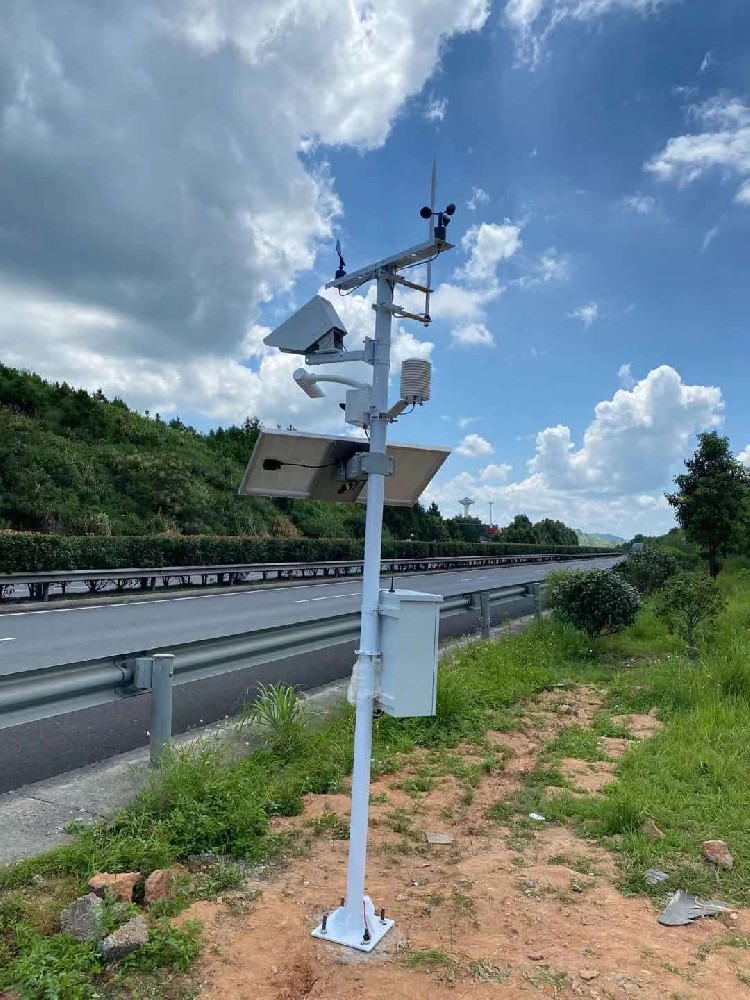
The traffic meteorology solution aims to deploy various sensors (such as atmospheric temperature, humidity, and pressure sensors, ultrasonic weather instruments, visibility sensors, and road condition sensors) to monitor meteorological conditions of roads and surrounding environments in real time, providing accurate meteorological data and early warning information to traffic management departments. This solution utilizes IoT (Internet of Things), big data analysis, and intelligent early warning systems to optimize traffic management, improve road safety, reduce traffic accidents and congestion.
The system architecture of the traffic meteorology solution is divided into four layers:
1. Perception Layer: Real-time data collection on meteorological and road conditions using various sensors (e.g., atmospheric temperature, humidity, pressure sensors, ultrasonic weather instruments, visibility sensors, and road condition sensors).
2. Transmission Layer: Uses wireless networks (such as 4G/5G, LoRa, NB-IoT) to transmit data to the data center.
3. Platform Layer: Provides data storage, processing, analysis, and visualization functions.
4. Application Layer: Provides real-time monitoring, early warning issuance, data analysis, and other application services for traffic management departments and drivers.
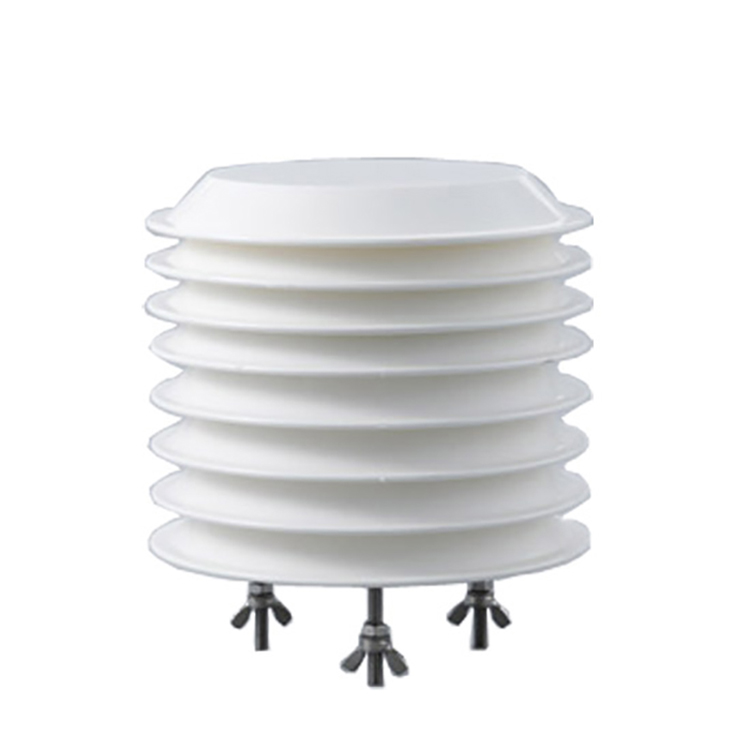 | 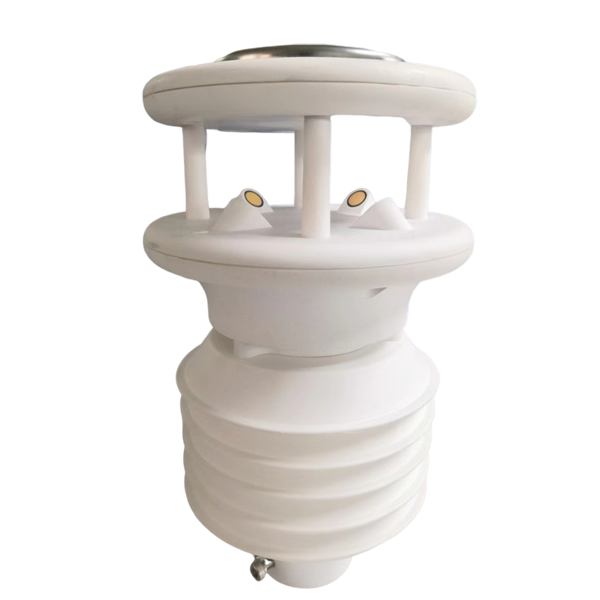 | 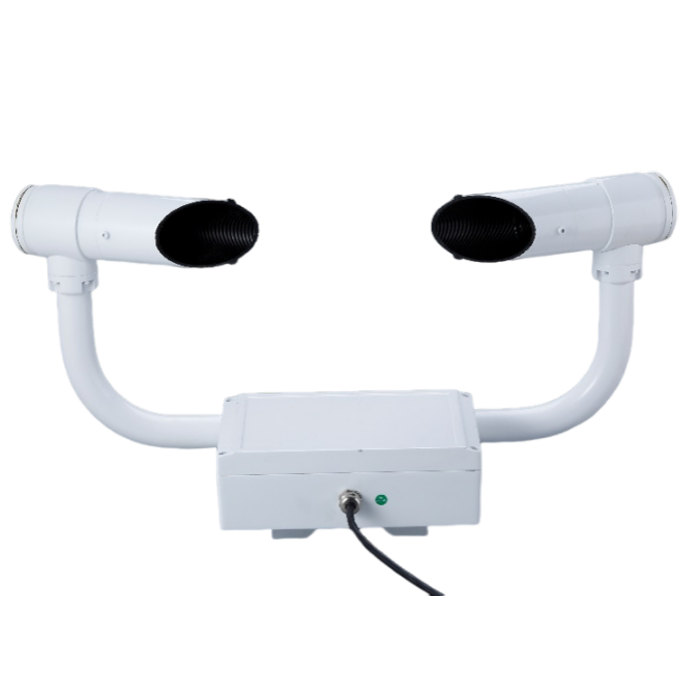 | 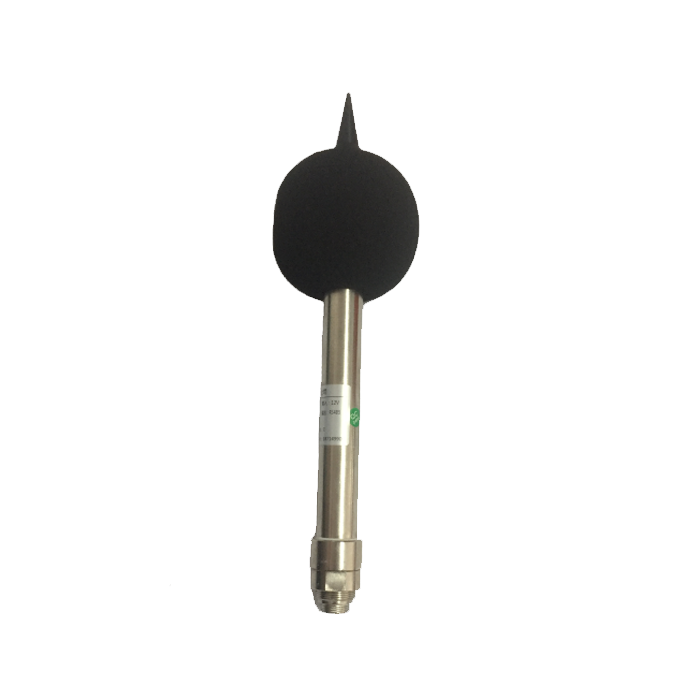 |
| Atmospheric Temperature Humidity pressure Sensor | Ultrasonic Weather Station | Visibility sensors | Noise sensor |
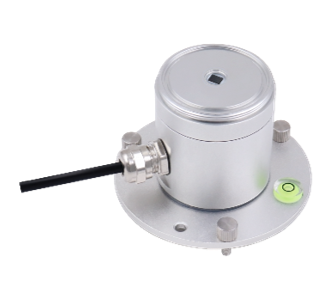 | 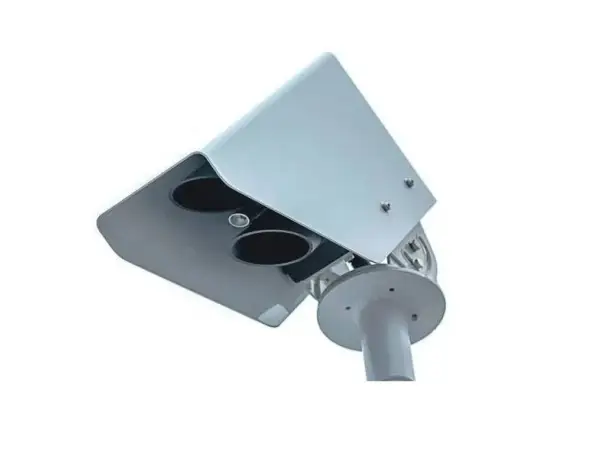 | 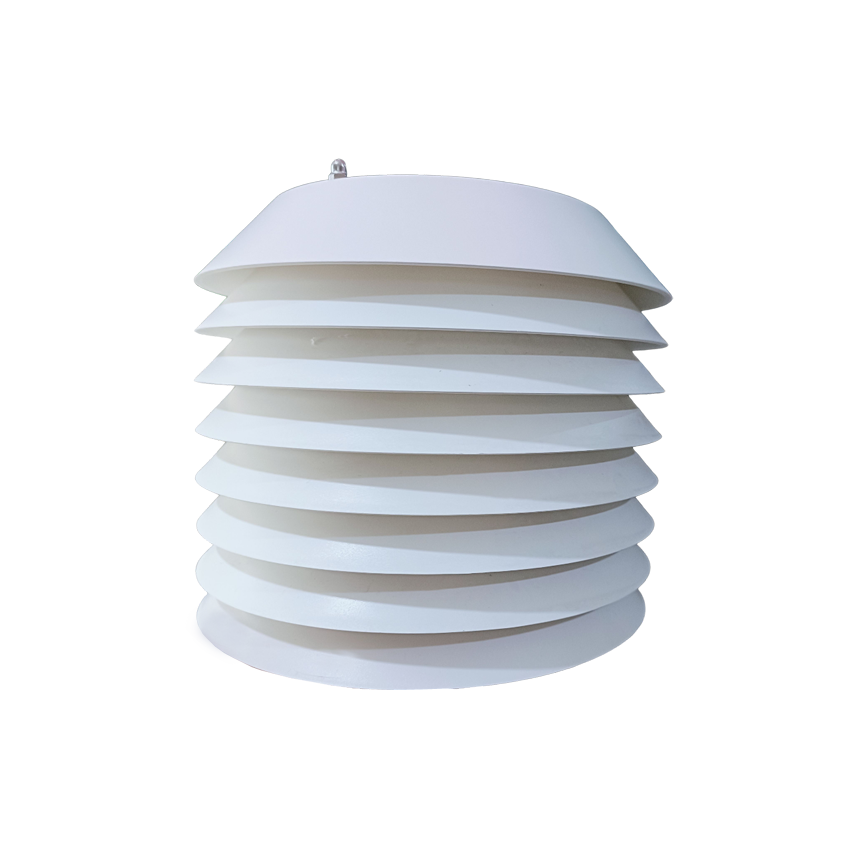 | 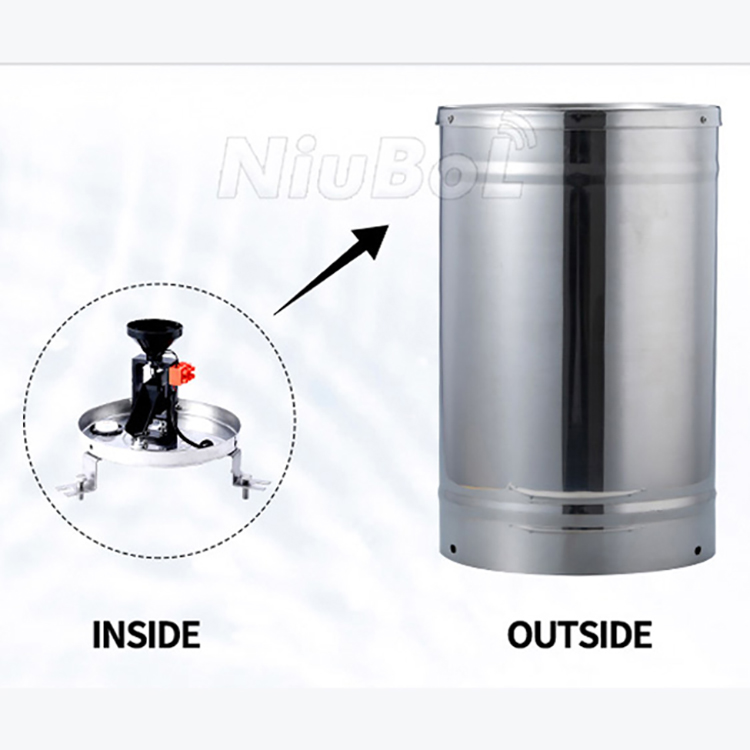 |
| Ultraviolet Radiation Sensor | Road Condition Sensors | PM2.5 & PM10 Sensor | Rain gauge |
- Function: Measure air temperature, humidity, and pressure.
- Role: Provide real-time meteorological data to help analyze the impact of weather changes on road safety.
- Deployment Location: Key road sections such as highways, urban roads, and bridges.
- Function: Measure wind speed, wind direction, rainfall, and other meteorological parameters.
- Role: Monitor wind speed and rainfall in real time to assess the impact of wind and rain on traffic.
- Deployment Location: Highways, bridges, and areas with strong wind.

- Function: Measure visibility in the air.
- Role: Monitor visibility in real time to issue early warnings for fog, sandstorms, and other low visibility weather conditions.
- Deployment Location: Key traffic areas such as highways, bridges, and tunnels.
- Function: Detect environmental noise levels.
- Role: Monitor traffic noise pollution to assess traffic volume and road usage.
- Deployment Location: Urban streets, highway junctions, and areas near residential neighborhoods.
- Function: Detect road surface temperature, humidity, icing, snow accumulation, and other conditions.
- Role: Monitor road conditions in real time to issue early warnings for icing and snow, optimize de-icing and snow removal operations.
- Deployment Location: Mountainous areas, highways, and bridges where water accumulation or icing is likely.
6. UV Sensors: Measure ultraviolet radiation intensity, helping drivers and pedestrians take protective sun exposure measures.
7. Cameras (Intelligent Monitoring): Real-time monitoring of roads and traffic conditions, combined with meteorological data, to provide comprehensive traffic information.
1. Data Transmission: Use wireless networks (such as 4G/5G, LoRa, NB-IoT) to transmit sensor data to the data center.
2. Data Processing: Clean, integrate, and format the data, using intelligent algorithms to analyze and extract useful information.
1. Data Service Platform: Realize data storage, query, analysis, and visualization functions.
2. User Interface: Design intuitive interfaces for traffic management departments to view real-time and historical data.
3. Early Warning Mechanism: When monitoring data exceeds preset thresholds, automatically trigger warnings and notify relevant personnel.
1. Real-time Monitoring and Early Warning: The system monitors meteorological and road condition data in real time and issues warnings when data exceeds thresholds.
2. Data Analysis and Decision Support: Use big data analysis to identify meteorological patterns and provide scientific basis for decision-making.
3. Automated Control: Link with traffic lights, speed limit signs, etc., to automatically adjust traffic management measures.
1. Improve Road Safety: By monitoring meteorological conditions in real time and issuing early warnings, the solution helps reduce traffic accidents caused by adverse weather conditions.
2. Optimize Traffic Management: Based on meteorological data, automatically adjust traffic signals and speed limits to alleviate traffic congestion.
3. Reduce Economic Losses: By issuing early warnings and intelligent control, the solution helps reduce traffic disruptions and economic losses caused by adverse weather.
4. Enhance Travel Experience: Provides drivers with real-time meteorological information, helping them plan optimal routes and improve their travel experience.
5. Support Scientific Decision-making: Through big data analysis, provide traffic management departments with scientific decision-making tools to optimize traffic management strategies.
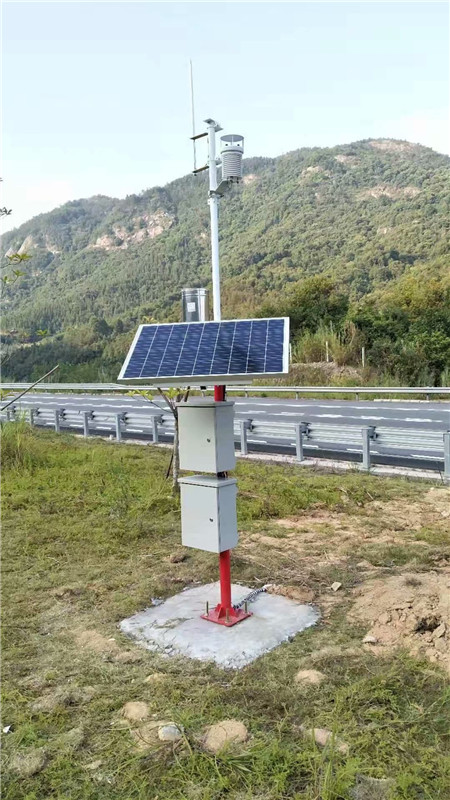
- Background: A highway deployed atmospheric temperature, humidity, pressure sensors, ultrasonic weather instruments, and road condition sensors to monitor meteorological and road conditions in real time.
- Effect: Through real-time data collection and analysis, the system was able to issue early warnings for icing and fog, allowing traffic management departments to promptly initiate de-icing operations and speed restrictions. Traffic accidents were reduced by 20-30%.
- Background: A city deployed visibility sensors and noise sensors on major roads and bridges to monitor visibility and traffic noise in real time.
- Effect: Through data analysis, the system automatically adjusted traffic signals and issued speed limit information. Traffic congestion was reduced by 20%, and residents' travel experience significantly improved.
Conclusion:
The traffic meteorology solution integrates various sensors and intelligent monitoring technologies to realize real-time monitoring and early warning of road meteorological conditions. This solution not only improves road safety and traffic management efficiency but also provides drivers with real-time meteorological information, enhancing their travel experience. Through intelligent data analysis and decision support, traffic management departments can better respond to adverse weather, optimize traffic management strategies, and reduce traffic accidents and economic losses. In the future, as technology continues to evolve, the traffic meteorology solution will play an even more critical role in smart transportation and smart city development.
Related recommendations
Sensors & Weather Stations Catalog
Agriculture Sensors and Weather Stations Catalog-NiuBoL.pdf
Weather Stations Catalog-NiuBoL.pdf
Related products
 Combined air temperature and relative humidity sensor
Combined air temperature and relative humidity sensor Soil Moisture Temperature sensor for irrigation
Soil Moisture Temperature sensor for irrigation Soil pH sensor RS485 soil Testing instrument soil ph meter for agriculture
Soil pH sensor RS485 soil Testing instrument soil ph meter for agriculture Wind Speed sensor Output Modbus/RS485/Analog/0-5V/4-20mA
Wind Speed sensor Output Modbus/RS485/Analog/0-5V/4-20mA Tipping bucket rain gauge for weather monitoring auto rainfall sensor RS485/Outdoor/stainless steel
Tipping bucket rain gauge for weather monitoring auto rainfall sensor RS485/Outdoor/stainless steel Pyranometer Solar Radiation Sensor 4-20mA/RS485
Pyranometer Solar Radiation Sensor 4-20mA/RS485
Screenshot, WhatsApp to identify the QR code
WhatsApp number:+8615367865107
(Click on WhatsApp to copy and add friends)